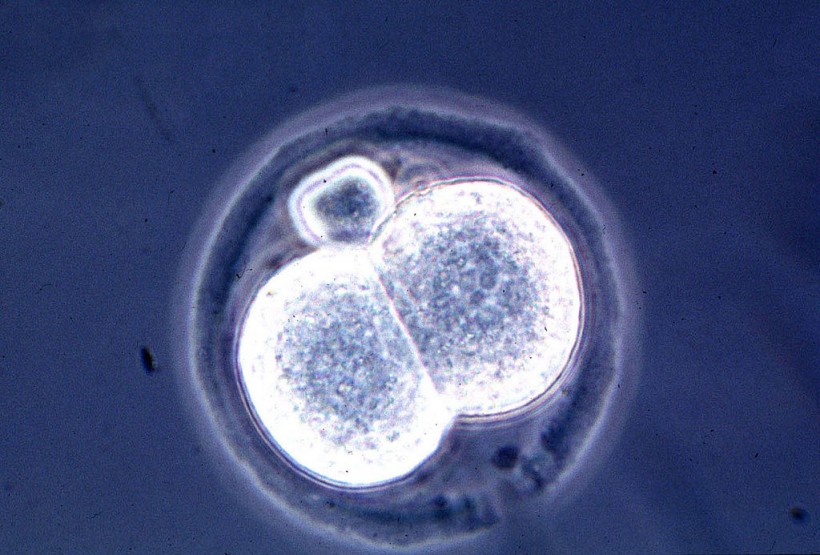In a recently published study, researchers led by Cold Spring Harbor Laboratory Professor Rob Martienssen discovered an unexpected function of Dicer in mammalian cells. They have found that the enzyme is essential for maintaining the structural integrity of the genome.
An RNA-cutting enzyme called Dicer has different functions, but Prof Rob Martienssen found an unexpected role in mammalian cells: Dicer is important for maintaining the structural integrity of the genome. https://t.co/ylzm2NKgvK
— Cold Spring Harbor Laboratory (@CSHL) March 17, 2022
As indicated in a EurekAlert! report, cells are using a versatile mechanism to control the activity of their genes. Tiny snippets of RNA can fine-tune how much protein is generated from various genes; some tiny RNAs can shut off genes altogether.
An enzyme known as Dicer chops RNA into tinier pieces. Plants are using it to chew up the RNA of invading viruses. On the other hand, worms are using it to shut off genes during development. Meanwhile, humans are using it to generate gene-regulating microRNAs.
ALSO READ: Researchers Predict Increase in Cancer Cases That Need Surgery
Dicer Enzyme
Dicer is of interest as well, since mutations in the genes for the enzyme appear to add to certain human cancers, even though it has not been clear precisely why.
When the team of Martienssen took out Dicer from the embryonic cells of mice, the cells turned sick. Chromosomes inside dividing cells could not align themselves properly for equal distribution to daughter cells. Division of cells slowed, and many cells died. The research team involved in the study published in Nature Communications had seen this before when they took out Dicer from yeast cells.
Then, when they explored more extensively, the researchers discovered that Dicer is stabilizing the mouse genome in much the same way it's maintaining the genome in yeast, suggesting that this is an "evolutionary ancient role" for the enzyme.
Chromosome Counting
A separate report by Cold Harbor Spring Laboratory specified that counting chromosomes is something that the majority of the animals, plants, and even single-celled organisms would learn to do to guarantee viability and reproduction.
Geneticists have revealed an outstanding mechanism that allows plants to count their chromosomes, unlocking a hundred-year-old mystery.
Counting the degree of genetic material in a given cell or organism is a fundamental factor in guaranteeing that every cell receives the same complement of genes following the division of every cell.
In plants, the mechanism preventing individuals with imbalances of numbers in chromosomes from reproducing is something researchers identify as a "triploid block."
BRD4 Gene-Activation Protein
According to researcher Benjamin Roche from Martienssen's lab, the new function they have identified for Dicer genome stability, independently of other well-known RNA pathways, could be a description of why Dicer mutations are an essential factor in certain cancer types. Typically, Dicer works with BRD4, a gene-activation protein. The research team discovered that chromosomes were unstable when Dicer was broken, and BRD4 was intact.
Taking out a tiny piece of BRD4, also known as bromodomain 2, restored the stability of chromosomes. Like Dicer, BRD4 is frequently mutated in human cancers.
Martienssen explained their findings have suggested that inhibitors targeting BRD4 bromodomain 2 might have certain therapeutic effects "when Dicer is compromised in cancer."
This research suggests a new diagnostic and therapeutic approach for cancers with compromised Dicer systems through BRD-4 targeted drugs.
Related information about chromosomal instability is shown on VJ Oncology's YouTube video below:
RELATED ARTICLE: Lymphoma Cell Growth and Survival: New Study Shows Targeting ATF4 Gene Could Help Kill Cancer
Check out more news and information on Cancer in Science Times.















